Exclusive: project will store renewable energy and reduce climate-heating emissions.
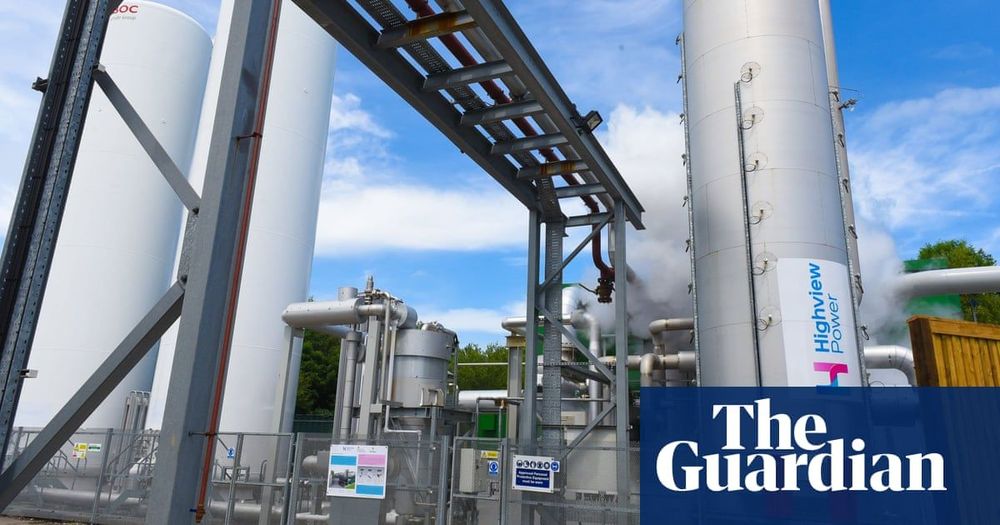

Administrator Jim Bridenstine, leadership and a panel of scientists and engineers will preview the upcoming mission at 2 p.m. EDT on Wednesday, June 17. Submit your questions during the briefing using #AskNASA!
Perseverance is a robotic scientist that will search for signs of past microbial life on Mars and characterize the planet’s climate and geology. It will also collect rock and soil samples for future return to Earth and pave the way for human exploration of the Red Planet. The mission is scheduled to launch from Space Launch Complex 41 at NASA’s Kennedy Space Center in Florida at 9:15 a.m. EDT July 20. It will land at Mars’ Jezero Crater on Feb. 18, 2021. #CountdownToMars
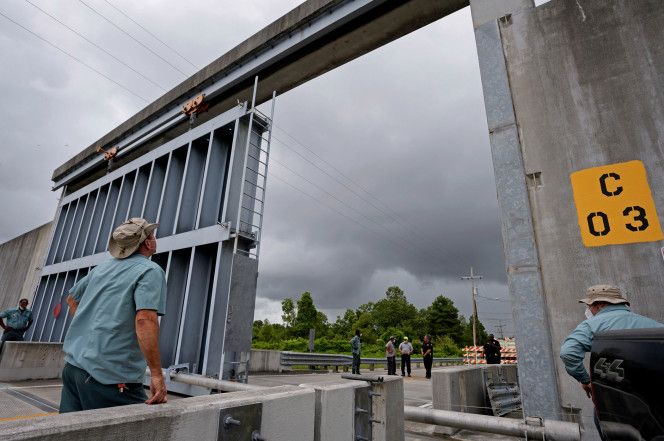
NEW ORLEANS (AP) — A re-energized Tropical Storm Cristobal advanced toward the U.S. Gulf Coast on Saturday, spawning a tornado in Florida and bringing the heavy rains that already caused flooding and mudslides in Mexico and Central America.
After weakening to a tropical depression while moving over land in Mexico’s Gulf coast, Cristobal headed back into the southern Gulf of Mexico from the Yucatan Peninsula on Friday and powered back up into a tropical storm. Forecasters said it would arrive on U.S. soil late Sunday but was not expected to grow into a hurricane.
The National Hurricane Center in Miami said the storm was expected to slowly strengthen until making landfall Sunday night along the U.S. Gulf Coast.
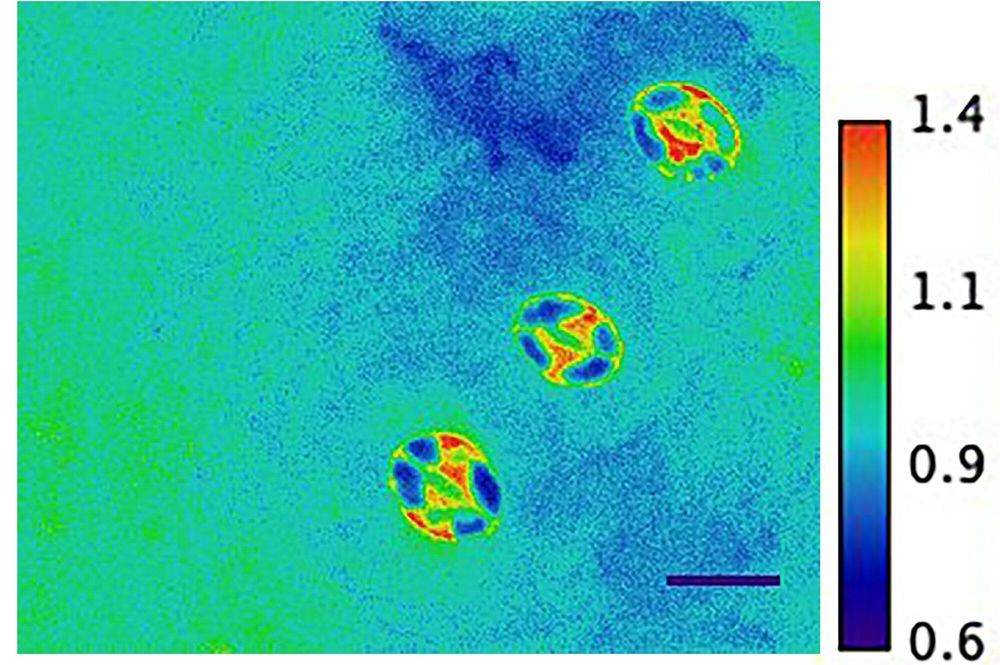
Plant biologists have long sought a deeper understanding of foundational processes involving kinases, enzymes that catalyze key biological activities in proteins. Analyzing the processes underlying kinases in plants takes on greater urgency in today’s environment increasingly altered by climate warming.
Certain “SnRK2” kinases (sucrose-non-fermenting-1-related protein kinase-2s) are essential since they are known to be activated in response to drought conditions, triggering the protective closure of small pores on leaf surfaces known as stoma. These pores allow carbon dioxide to enter leaves, but plants also lose more than 90 percent of their water by evaporation through them. Pore opening and closing functions help optimize growth and drought tolerance in response to changes in the environment.
Now, plant biologists at the University of California San Diego have developed a new nanosensor that allows researchers to monitor SnRK2 protein kinase activity in live plant cells. The SnRK2 activity sensor, or “SNACS,” is described in the journal eLife.
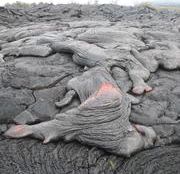
In some cases, limited scientific drilling for research can help us understand magmatic and hydrothermal (hot water) systems; however, drilling to mitigate a volcanic threat is a much different subject with unknown consequences, high costs, and severe environmental impacts. In addition to the enormous expense and technological difficulties in drilling through hot, mushy rock, drilling is unlikely to have much effect on whatever magma is stored beneath Yellowstone. At near-magmatic temperatures and pressures, any hole would rapidly become sealed by minerals crystallizing from the natural fluids that are present at those depths.
Additionally, Yellowstone National Park is protected from geothermal resource development. World-famous features like Old Faithful Geyser and Grand Prismatic Spring depend on heat provided by the magma chamber deep below Yellowstone’s surface. Any allowed geothermal extraction would lower the pressure on the existing geysers and hot springs, altering their behavior and, in many cases, causing them to disappear.
Concerns about volcanic eruptions at Yellowstone typically involve a cataclysmic, caldera-forming event, but it’s unknown whether any such eruption will ever occur there again. Current seismic imaging of the magma reservoir reveals a system that is too crystalline to erupt on a grand scale.
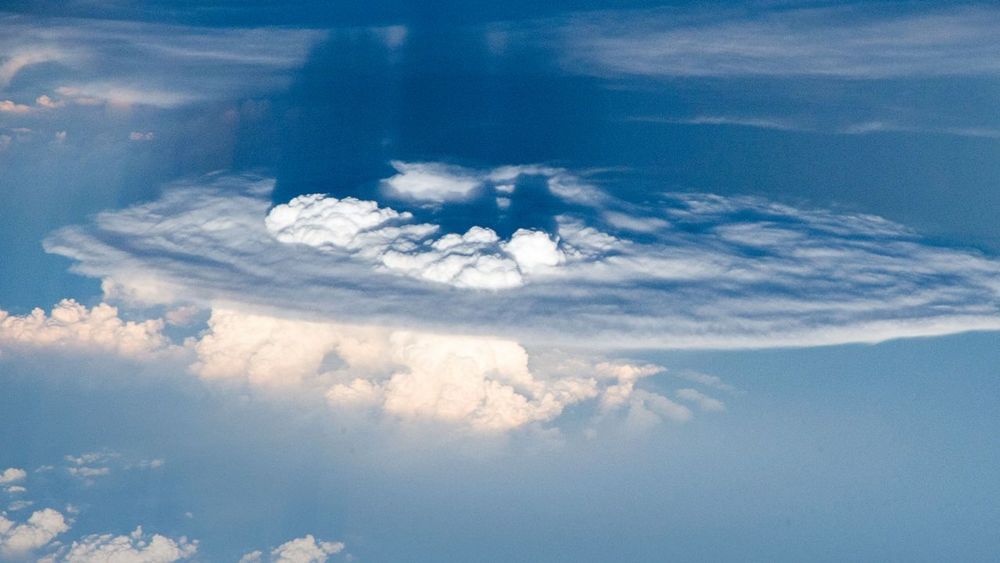
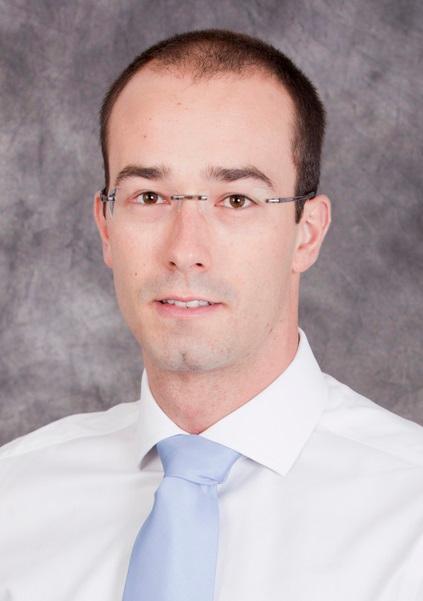
When you think of the words “data” and “mine”, no doubt the idea of data mining comes first. However, just as much as we find value in mining the rich resources of data, so too can we apply the advanced techniques for dealing with data to real-world mining — that is, extracting natural resources from the earth. The world is just as dependent on natural resources as it is data resources, so it makes sense to see how the evolving areas of artificial intelligence and machine learning have an impact on the world of mining and natural resource extraction.
Mining has always been a dangerous profession, since extracting minerals, natural gas, petroleum, and other resources requires working in conditions that can be dangerous for human life. Increasingly, we are needing to go to harsher climates such as deep under the ocean or deep inside the earth to extract the resources we still need. It should come as little surprise then that mining and resource extraction companies are looking to robotics, autonomous systems, and AI applications of all sorts to minimize risk, maximize return, and also lessen the environmental impact that mining has on our ecosystem.
On a recent AI Today podcast episode, Antoine Desmet of mining technology and equipment company Komatsu shared how they’re using advanced forms of AI, automation, and robotics to make an impact on the organization’s operations. Antoine has an interesting background, starting his career as a telecom engineer and receiving a Ph.D in neural network engineering. After getting his Ph.D, he returned to Komatsu and started working in surface analytics. He states that at the time there was a lot of data to work with, but very few analytics in place. He decided to start implementing machine learning and in the last few years his company has seen significant growth through this approach, with his data science team growing from just one person to ten people.

Maximizing the protection of life on Earth requires knowledge of the global patterns of biodiversity at multiple dimensions, from genetic diversity within species, to species and ecosystem diversity. Yet, the lack of genetic sequences with geographic information at global scale has so far hindered our ability to map genetic diversity, an important, but hard to detect, biodiversity dimension.
In a new study, researchers from the Universities of Copenhagen and Adelaide have collected and georeferenced a massive amount of genetic data for terrestrial mammals and evaluated long-standing theories that could explain the global distribution of genetic diversity. They found that regions of the world rich in deep evolutionary history, such as Northern Andes, the Eastern Arc Mountains, Amazonia, the Brazilian Atlantic forest, the central America jungles, sub-Saharan Africa and south-eastern Asia are also strongholds of genetic diversity. They also show that the relatively stable climate in these regions during the past 21’000 years contributes significantly to this intraspecific richness.
“Genetic diversity within species is a critical component of biodiversity, playing two important roles at the same time. It reflects species evolutionary history and defines their capacity to adapt under future environmental change. However, and despite the predictions of major biodiversity theories, the actual global distribution of genetic diversity remained, so far, a mystery. Recent collective efforts to populate public databases with genetic sequences and their localities allowed us to evaluate these theories and generate the first global maps of genetic diversity in terrestrial mammal assemblages”, says Spyros Theodoridis, Postdoctoral Researcher at the Center for Macroecology, Evolution and Climate, GLOBE Institute, and lead author of the study.
Top tier mothership structure in southwestern KS near Lakin last night with tornado warned supercell.
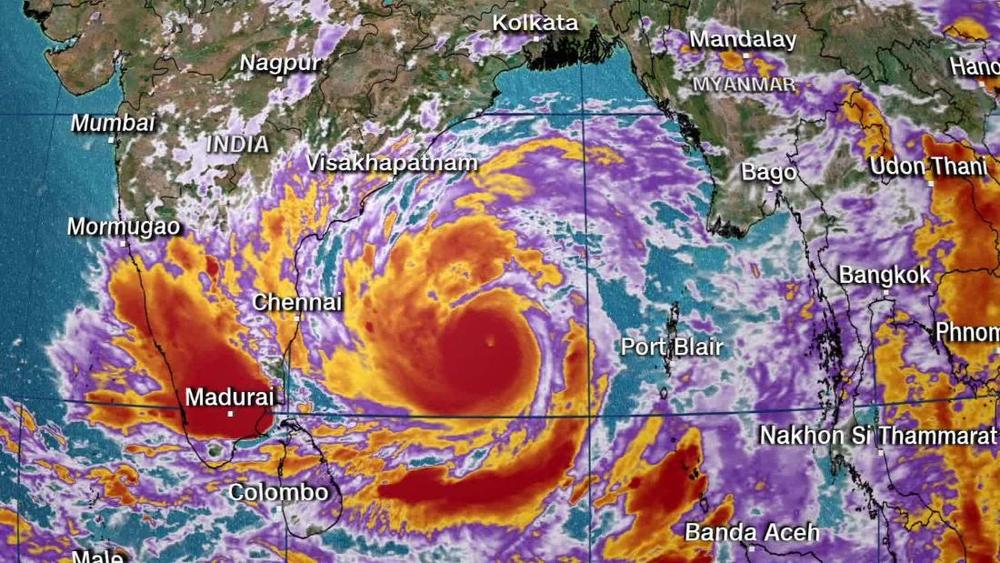
Millions of people in India and Bangladesh are in the path of a cyclone which is due to make landfall in less than 36 hours, bringing damaging winds and heavy rain to a region already struggling with the coronavirus pandemic.
Super Cyclone Amphan became the strongest storm ever recorded in the Bay of Bengal on Monday night, after intensifying with sustained wind speeds of up to 270 kilometers per hour (165 miles per hours), according to data from the US Joint Typhoon Warning Center.
Amphan has weakened slightly since, but the storm is still the equivalent of a Category 3 Atlantic hurricane, with winds speeds up to 185 kph (115 mph).